How to guides
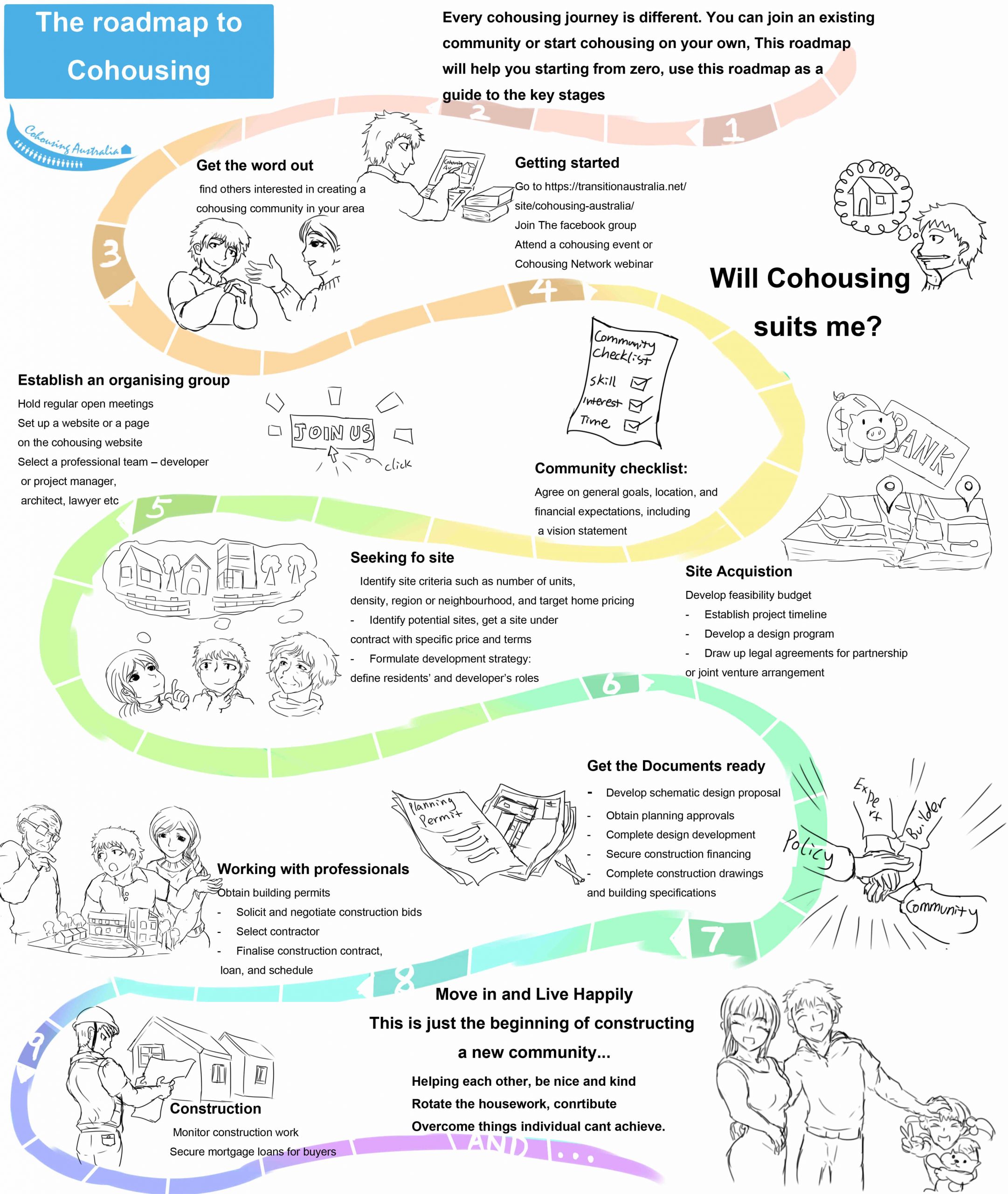
top
Stages:
How to start a group
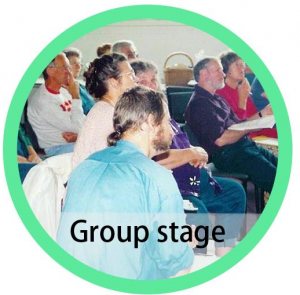
-
- Finding others:
- dinner parties, community meeting, social media
- Send out a cohousing survey
- Capture data and invite participants to a meeting
- Proforma survey questions:
- Create a project group
- Financial capacity
- Everyone is going to have to be open to having an independent financial assessment done to establish their individual capacity to participate in the project.
- Meet regularly
- Meeting to further the work
- Self Selection
- We all wear different masks for different contexts and it can be easy to adopt these in different contexts – home, friends, work, hobbies. Cohousing presents an interest context where one might be engaging with many different people in many different forums
- The difficult people
-
-
- Remember sometimes you are the difficult person
-
- Decision making
-
-
- Consensus
- Sociocracy
-
- Communication
-
-
- Non-violent communication
- Communication Policy
- Organisational Structure
- Non-hierarchical
- Subgroups and working committees
- The kids group
-
- The martre
-
- It is good to do a review or audit at regular intervals to get a sense of how people are feeling about the process being used and the operational experience on the ground.
back to top
How to find a site
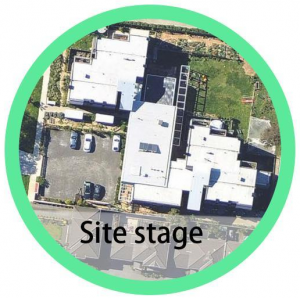
- Put yourselves out there
- Host a community meeting explaining to your local area that you are looking for land and do they have any, know someone, have seen the perfect site.
- Go to local real estate agents and explain to them what you are looking for.
- When considering a site, think about:
- Where you want to be, what you want to be near?
- Train station, public transport? Parks? Schools? Shops? Library?
- What typology are you interested in?
- Apartment, Townhouse, Hybrid?
- Look at the density of the areas you are considering:
- What types of housing already exist, what’s the height and configuration?
- Do your due diligence
- Secure funding
- Purchase the site
- Understand the planning restrictions
- What are the planning controls?
- Who are the neighbours?
- Is the site contaminated?
- Do a geotech survey
- Look for EOIs on properties
- Consider partnering with a developer or cohousing specialist who may be able to point you to a site –
- Where you want to be, what you want to be near?
back to top
How to get it built
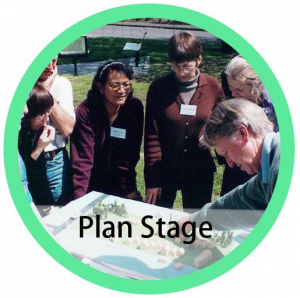
- Do it all yourself
- This is only for the really capable and experienced group
- Do you have all the specialist consultants or the capacity to engage them? (See our consultants page)
- Can you organise construction finance?
- This is only for the really capable and experienced group
- Partner with a developer
- Many groups quickly realise that they don’t have all the skills and or time to undertake a design and development project of this scale. That’s ok! It is important to ask for help, it’s one of the reasons you are interested in cohousing. This is just another opportunity to build relationships.
- Finding a developer:
- This can be a scary process and it is important you have a good idea about what it is you are trying to establish:
- Have a strong sense of your collective objectives for the project
- Have a solid decision making process in place
- Questions to ask prospective developers:
- Do you understand what cohousing is?
- Have you worked with large stakeholder groups before? What is your process for this?
- Look at other projects they have done; do they meet your expectations; ESD, finishes,
- Who do they bank with?
- Who carries the risk?
- Who are the consultants that they use
- Do you have a choice in who your architect is?
- This can be a scary process and it is important you have a good idea about what it is you are trying to establish:
- Picking an architect
- Partnering with a Non-profit Developer (ie Community Housing Provider)
- This can be a good way to help diversity the group and enlist a development partner with experience and skin in the game.
- As with other development partners it is important to ensure you have a good understanding of what you want to active and how you might work collaboratively with a NFP/CHP
- Partnership Configurations:
- NFP/CHP owns the land and develops the project.
- Cohousing participants purchase their individual dwellings off the NFP/CHP who maintain ownership of a percentage of the dwellings for their tenants. It is important that the cohousing initiators have a clear contractual agreement on their level of participation in the design and development process, and a clear idea of the purchase price. Make sure you also have established agreements on the post occupancy management of the project.
- Joint venture partnership
- You establish a breakdown of joint venturers
- 60% cohousing participants
- You establish a breakdown of joint venturers
- NFP/CHP owns the land and develops the project.
back to top
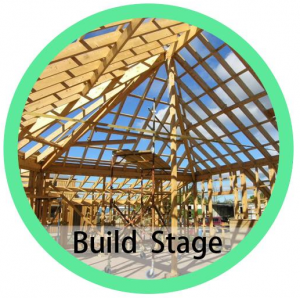
Participatory design
- What is Participatory Design
- Finding an Architect
- Council approval
- Build a relationship with your Council
- Check if Council regulations align
- Create the right consultant team
- Liaise with Council during the design process
- Tips and Tricks
- Before you start
- Have a decision making process
- Before you start
Construction
- Monitor construction work
- Self-educate – construction types and their characteristics
- Decide on a type of construction
- Investigate and secure funding
- Entering into contracts
- Secure mortgage loans for buyers
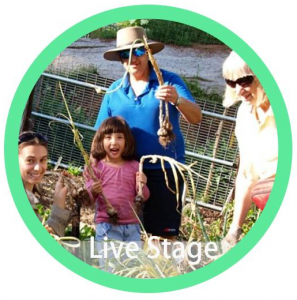
live together
-
- How do we manage the property?
- How do we make decisions?
- Repairs and maintenance
- Re-sale policy
Further resources
Unlocking the doors: legal and financial pathways to collaborative housing in Australia.
